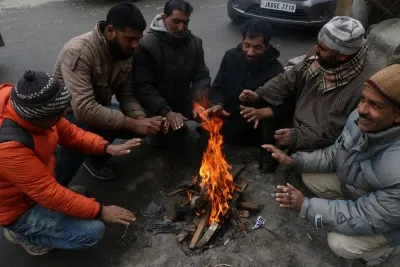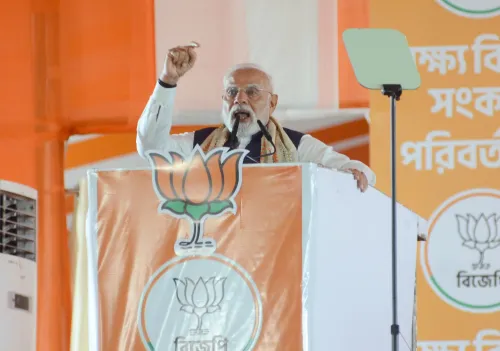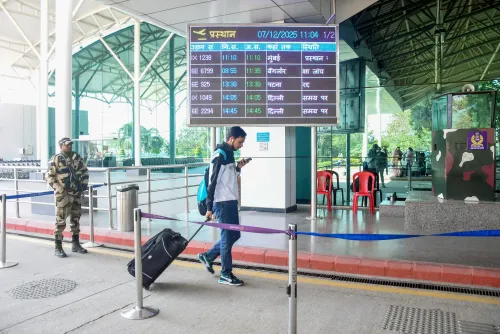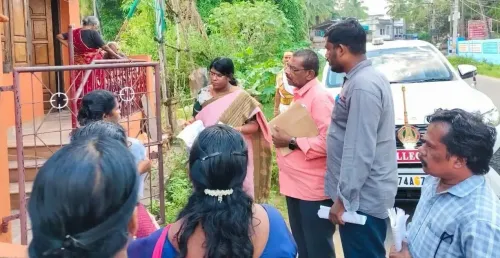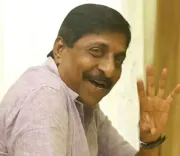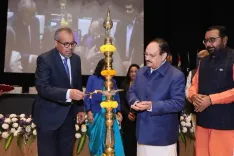Have the Chhatrapati Shivaji Maharaj forts made it to the UNESCO World Heritage list?
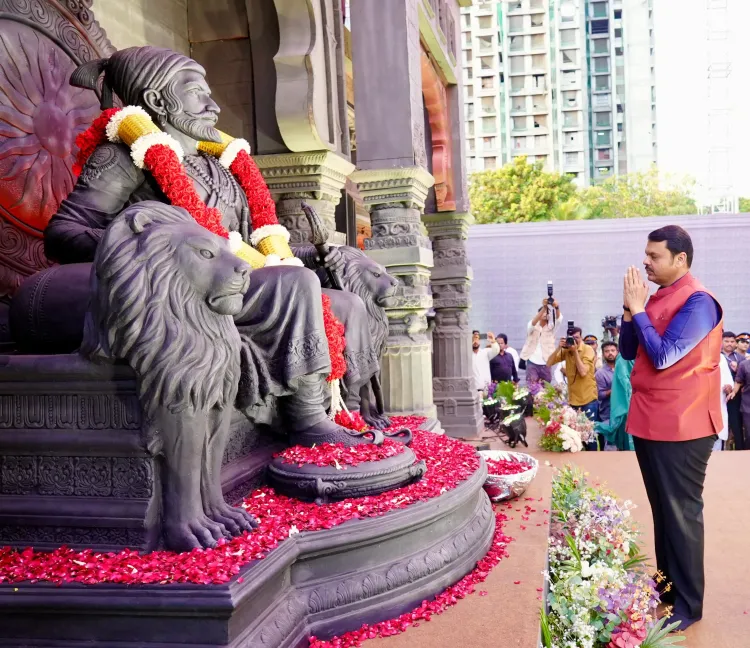
Synopsis
Key Takeaways
- 12 forts linked to Chhatrapati Shivaji Maharaj recognized by UNESCO.
- Signifies outstanding universal value of these historical sites.
- Reflects Maharashtra's rich cultural heritage.
- Fortifications support the vision of Swarajya.
- Encourages preservation and recognition of local forts.
Mumbai, July 11 (NationPress) The Chief Minister of Maharashtra, Devendra Fadnavis, announced on Friday that 12 forts associated with our revered King, Chhatrapati Shivaji Maharaj, have been officially recognized on the UNESCO World Heritage List, highlighting their outstanding universal value.
In a post shared on X, the Chief Minister expressed his joy, stating: “This is a historic, proud, and glorious moment! The Maharashtra Government pays tribute to our beloved Chhatrapati Shivaji Maharaj!! Heartiest congratulations to all citizens and ShivBhakts of Maharashtra. I am thrilled to announce that 12 forts of our great King have been included in the UNESCO World Heritage List. Their recognition is a testament to their outstanding universal value. The Maratha Military Landscapes of India encompass 11 forts in Maharashtra: Raigad, Rajgad, Pratapgad, Panhala, Shivneri, Lohagad, Salher, Sindhudurg, Vijaydurg, Suvarnadurg, Khanderi, and one fort in Tamil Nadu, Jinji.
The Chief Minister elaborated on how Chhatrapati Shivaji Maharaj constructed these forts to safeguard Swarajya. Developed between the 17th and 19th centuries, they epitomize an exceptional fortification and military strategy envisioned by our King.
This remarkable network of forts, diverse in hierarchy, scale, and typological characteristics, effectively integrates the landscape, terrain, and physiographic features specific to the Sahyadri mountain ranges, the Konkan Coast, the Deccan Plateau, and the Eastern Ghats of the Indian Peninsula. This is the essence of their outstanding universal value.
“Numerous individuals played a role in achieving this milestone. First and foremost, I extend my heartfelt gratitude to Prime Minister Narendra Modi. His support and the active collaboration of the Central Government were invaluable. The Archaeological Survey of India and the Ministry of Culture made significant contributions. I personally reached out to various ambassadors. My colleagues, Deputy Chief Minister Eknath Shinde and Deputy Chief Minister Ajit Pawar, provided continual support. Minister Ashish Shelar made a personal visit to meet the Director General of UNESCO and delivered a technical presentation,” he mentioned.
“Additional Chief Secretary Vikas Kharge from my office, along with India's Ambassador to UNESCO, Vishal Sharma, and Hemant Dalvi from the Directorate of Archaeology and Museums, were instrumental in this achievement. I once again congratulate everyone from Maharashtra and ShivBhakts around the globe on this momentous and historic occasion,” the Chief Minister stated.
In a related note, Cultural Affairs Minister Ashish Shelar emphasized that this is a proud moment for Maharashtra as its rich history has been recognized on an international platform. The criterion of Outstanding Universal Value played a crucial role in this recognition.
“Chhatrapati Shivaji Maharaj ingeniously utilized geographical positions to construct and defend Swarajya. He reconstructed many existing forts, employing them wisely. The forts of Maharashtra are celebrated for their magnificent architecture and hold significant political, military, and cultural importance,” he added.
Ashish Shelar concluded by stating that this success will facilitate various outcomes, including the preservation of local forts, showcasing Maharashtra's heritage globally, and engaging in international expertise and research.
“These forts, established by Chhatrapati Shivaji Maharaj, not only exemplify architectural brilliance but also represent the legacy of Maharashtra's valor and culture dedicated to the welfare of its people. This recognition is a proud moment for all of Maharashtra, affirming that these historical forts have achieved UNESCO World Heritage status,” he remarked.


